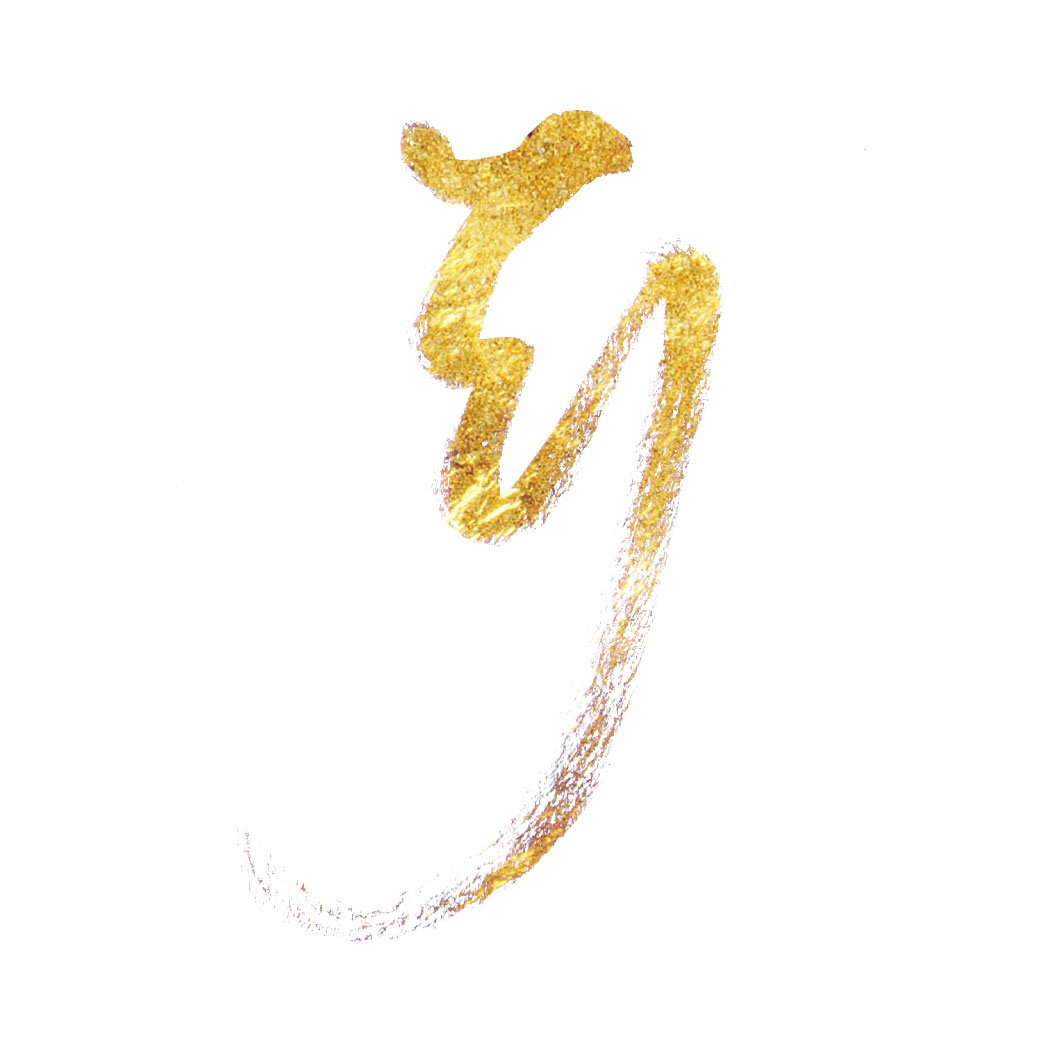Japanese Yakuza, History and Cultural Development
Japanese YakuzaHistory and Cultural Development
School of International Studies Obirin University, Tokyo, Japan Original Article from: http://altman.casimirinstitute.net/yakuza.html
Yakuza history traces its origins to the Tokugawa era, the time of the shogunate, when Ieyasu Tokugawa unified the country of Japan. Japan had come a long way from its period of civil war, but was not yet a stable nation. The newfound era of peace left as many as 500,000 samurai left unemployed, and there were not enough jobs to support their number. Many of these samurai joined the merchant class, but those who didn't - the ronin - had to find other means of support, and many turned to thievery and criminal methods to support themselves.
It is in defense against these wandering samurai that the machi-yokku, or servants of the town, originated. These folk heroes were regular townsfolk who stood up in defense against the destructive ronin to protect the well being of their families and town. Like gangs of today, they were tightly knit and spent their free time gambling. These folk heroes are the predecessors of the modern day yakuza, and while the connection may lie in legend only, the machi-yokku play a large role in the romantic image that the yakuza gangster holds today.
Much like the Italian Mafia, the Yakuza began by arrangement in a familial fashion based not upon bloodline but by adoption. This relationship begins with a godfather at the top, with new members initiated in a pyramid fashion, and the term given to the father-child role is referred to as the oyabun-kobun relationship. "The oyabun provides advice, protection, and help, and in return receives the unswerving loyalty and service of his kobun when needed (Kaplan and Dubro 19)." The initiation of the new pledge into the organization is performed in a highly formal fashion, with an exchange of sake cups to symbolize the blood connection between the oyabun and the kobun. This ceremony is typically performed at a Shinto shrine, and as such is designated religious significance.
Yakuza have always prided themselves upon the code of bushido, or way of the samurai. Violent death was traditionally seen as a poetic, tragic, and honorable fate, and the concepts of giri andninjo are central to the relationships among members. Giri, or obligation, refers to the strong sense of duty that is felt between members, and in a sense is the "social cloth" that binds much of Japan together. Ninjo is roughly translatable to emotion, or human compassion, and denotes "generosity or sympathy to toward the weak and disadvantaged, and sympathy towards others (Kaplan and Dubro 28)." This tie to chivalry and patriotism gave the Yakuza a sort of Robin Hoodtype of romantic image when viewed in the public eye.
Perhaps the most legendary of yakuza organizations is the Yamaguchi-gumi, a crime syndicate numbering somewhere near 15,000, which designated as its territory the entire western half of Japan. The Yamuguchi-gumi was driven on this path to success by its late godfather, Kazuo Taoka, who resurrected it from shattered ruins in the years following the World War II to mold it into the most formidable criminal syndicate Japan has witnessed to date. Kazuo utilized a fierce will and brilliant organizational skills to leverage the most powerful alliance between Yakuza factions ever, and solidified an affiliation with the Inagawa-kai, a leading Yakuza group in the Kanto area.
The Yakuza have maintained a very close relationship with Japanese political and corporate entities in their growth through the years, much more so than their counterpart, the mafia, in the United States. Due to the political turmoil that followed in the aftermath of World War II, the Yakuza, in their extremely right-wing conservative stance, were granted the opportunity to obtain a foothold in the political machinery of modern Japanese governing bodies in their struggle against right-wing dissidents. However, this formerly accorded position has degraded in the years following the war as left-wing political entities have lost their influence in the Japanese political system.
Since the aftermath of the Second World War, violence among different Yakuza factions has increased, and the organizations have degraded from their original stature. A prominent rise has been seen in the boryokudan, or violence gangs, and in the bosozoku, the Japanese biker gangs. These minor factions have introduced a considerable degree of discord into the traditional criminal underworld system, and there is a "clear trend of declining solidarity and obedience among Yakuza members (Kaplan and Dubro 273)." Older members are dismayed with the decline of moral values and increasing gun use among the up and coming generation of yakuza, which has never been a major problem in Japan. This transformation in conduct among members in the criminal underworld is seen as a major problem not only by the older generation of criminals, but by law enforcement agencies as well.
Recent crackdowns have done well to alleviate the outward symptoms, but as many criminals are subsequently released without prosecution, they in fact have had little impact on the underlying problem. The future of the Yakuza remains uncertain – but Japan is and always has been a country of considerable outward changes – capable of remarkable adaptation to fit with changing times, while maintaining unity at its heart. The Yakuza, as part of this system, will continue to evolve with the changing times, but it is highly unlikely that an organization that traces its roots back over 300 years will disappear any time soon.
Acknowledgements Research assistance provided by Special Agent Clark Frogley (Legal Attaché, US Embassy-Tokyo) and Prof. Yutaka Morohoshi (Obirin University) is highly appreciated.
Further reading Dubro, Alec and Kaplan, David. Yakuza: The Explosive Account of the Japanese Criminal Underworld, Addison-Wesley Publishing Compaany, Inc., 1986.
Rome, Florence. The Tattooed Men, Dellacorte Press, 1975.
Saga, Junichi. Confessions of a Yakuza, Kodansha America, 1991.®
Original Article from: http://altman.casimirinstitute.net/yakuza.html
